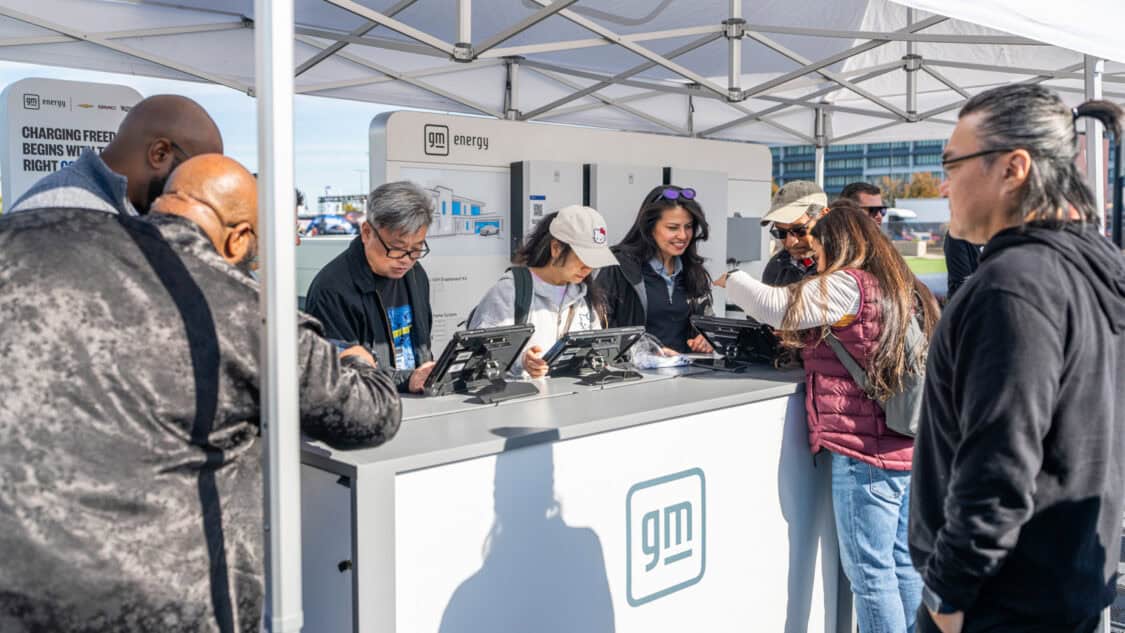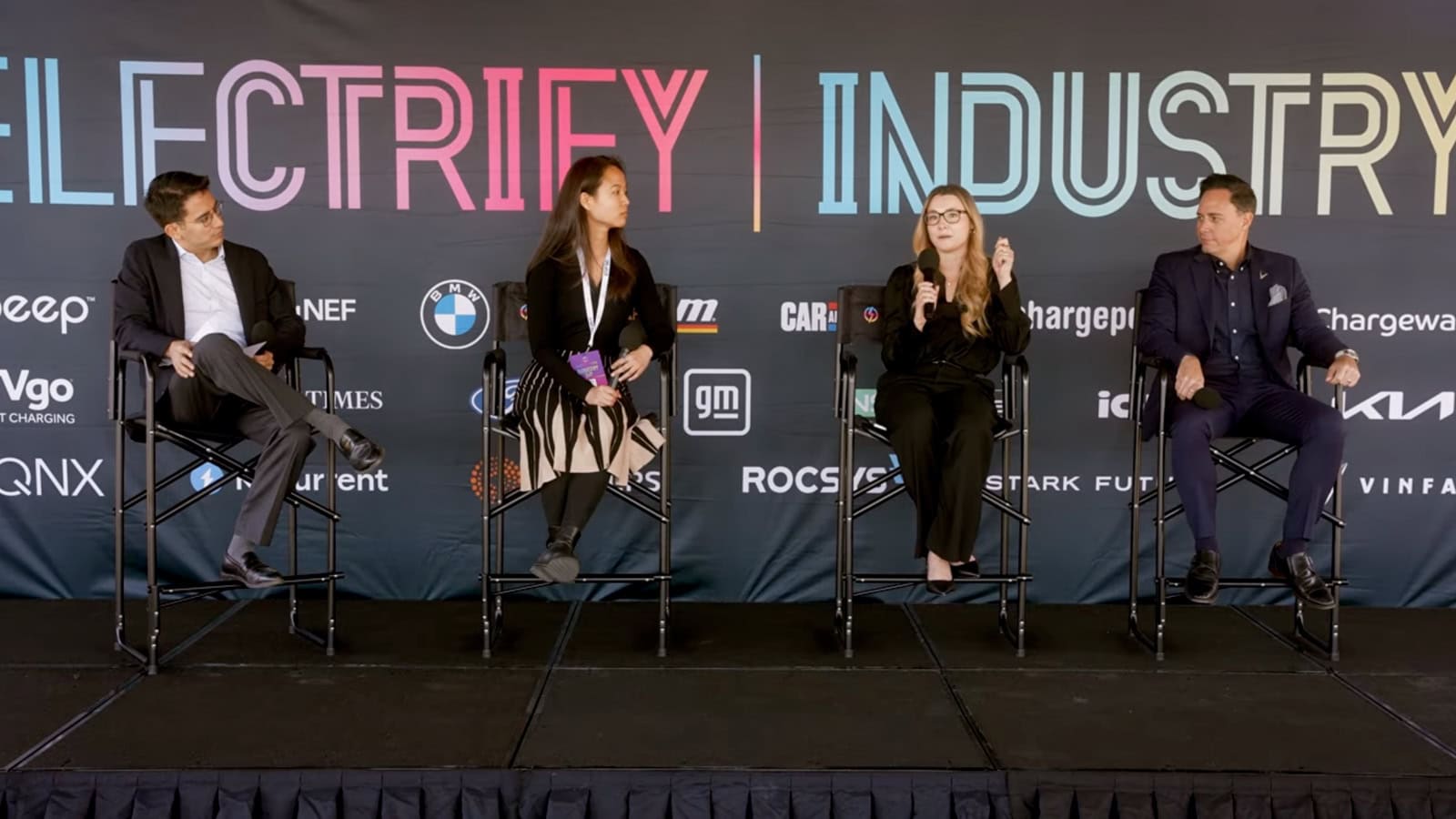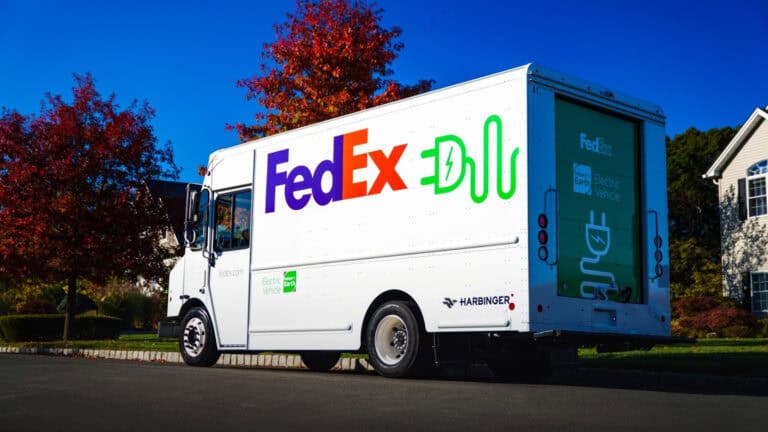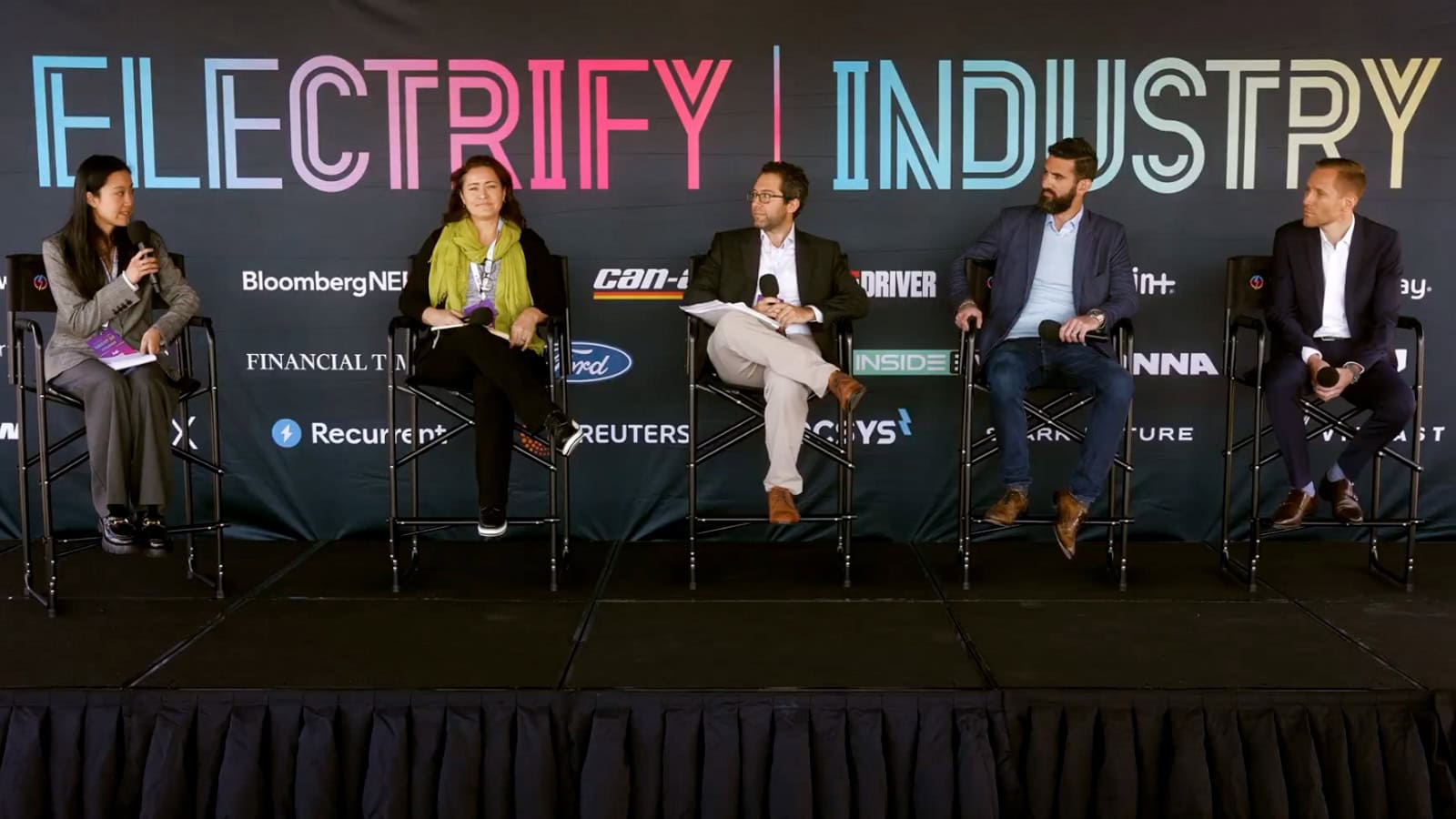The average new car in the United States now sits above $50,000, and a lot of shoppers still say electric vehicles feel “too expensive.” So who is right, your gut or the math on cost of ownership?
At Electrify Expo Industry Day in New York, Reuters columnist Sebastian Pellejero opened a panel with a blunt question.: are EVs simply priced out of reach, or does the full cost of ownership tell a different story once you add fuel, maintenance, and incentives into the calculation? In other words, when you stop staring at the window sticker and start adding up your actual life with the car, does the EV quietly win.
ADVERTISEMENT
BloombergNEF analyst Huiling Zhou spends her day running those numbers. She told the audience that for high-mileage drivers, EVs already come out ahead on cost of ownership, explaining that “for high mileage drivers … EV is already cheaper to own compared to ICE vehicles,” especially around 40,000 miles per year over eight years. That is fuel plus maintenance plus everything else, not just monthly payments.
Battery costs sit right in the middle of this story. BloombergNEF’s battery price survey found that lithium-ion battery packs dropped to about $139 per kilowatt hour in 2023, a 14% decline in a single year, driven by cheaper raw materials and more production capacity.
Lower battery costs feed directly into lower EV prices over time, which improves the long term cost of ownership even before you touch incentives.

That long term view is not just theory. Vincentric, a company that lives and breathes cost of ownership data, compared 54 electric models against gasoline equivalents over 5 years. They found that 24 of those EVs, roughly 44%, already have a lower total cost of ownership than a similarly equipped gasoline vehicle, once you stack depreciation, taxes, financing, fuel, insurance, maintenance, repairs, and even opportunity cost in one model.
Brook Taylor from VinFast reminded everyone that none of that matters if people cannot clear the first hurdle, the monthly payment. He pointed to their VF 8 midsize electric SUV, with an MSRP around $39,000 and a lease deal near $279/month with $0 down, and called it “a very accessible vehicle” that still gives families the space and functionality they expect from a gas SUV. In his words, accessible EVs “have a very significant role to play” as internal-combustion vehicles creep higher and higher in price.
ADVERTISEMENT
Charging adds another layer to the cost of ownership. Alex Ehrett from ABB Mobility talked through the gap between home charging and public fast charging. For drivers who can plug in at home during off-peak hours, studies and real world tools from Energy Innovation and others consistently find that electric fueling is cheaper than gasoline in every state.
She joked about “garage orphans,” drivers who rely entirely on public stations, and admitted that their cost of ownership story is tougher, because public fast charging still carries higher energy prices plus demand charges from utilities. That is why ABB focuses on load management, battery storage, and smarter grid connections, so that charging site operators can cut their own costs and pass some of that relief along to drivers.
Policy sits in the background like an extra line in every spreadsheet. Incentives can tilt cost of ownership in your favour or yank value away overnight. Brook pointed out that VinFast is extending a $7500 lease and finance rebate past the federal timeline, so customers “pay the same price for their vehicle that they would have had they had the federal rebate,” even as that credit phases out.
ADVERTISEMENT
At the same time, studies on tax credit phaseouts in Germany, Canada, and China, referenced by Huiling, show that sales can drop sharply when support ends too early. It then recovers once markets mature and cost of ownership advantages stand on their own.
For high mileage drivers with access to home charging, the cost of ownership math leans heavily toward electric. For lower mileage drivers or those stuck with expensive public charging, the advantage narrows, and sometimes tips back to gas.
And for everyone, the right question has changed. Instead of “Can I afford the sticker,” the smarter approach is “What does my real cost of ownership look like over five to ten years, with my driving pattern, my utility rates, and the deals available this month.”
The best way to get a feel for that nuance is to hear these people talk through it in real time. Watch the Electrify Expo Industry Day New York session “EVs Without the Sticker Shock: Making Electric Mobility More Accessible” on YouTube. Listen to Huiling, Alex, Brook, and Sebastian walk through the economics, the policy twists, and the pieces that still need work. By the end, you will likely look at the cost of ownership, and that “too expensive” label, with fresh eyes.
ADVERTISEMENT

VIDEO: ELECTRIFY EXPO
FTC: We use income-earning auto affiliate links. Learn more.











